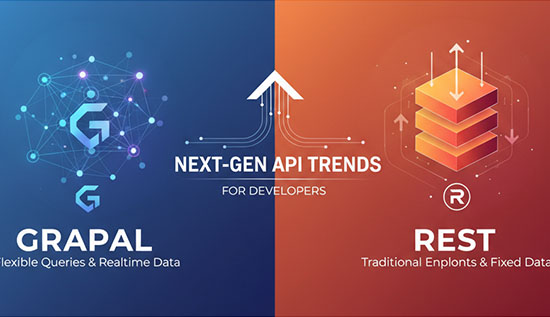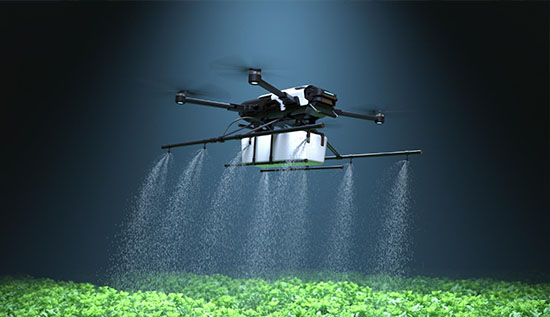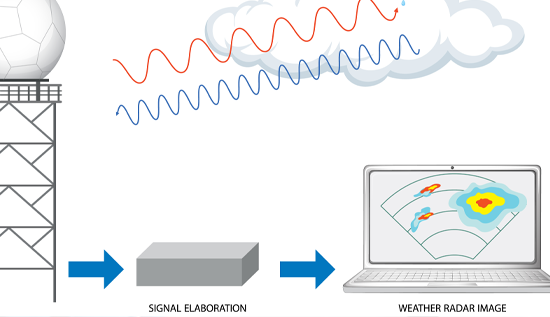Build Engineer vs Release Engineer: Key Differences

Compare build and release engineers, their roles, tools, and impact on CI/CD workflows in software development and deployment processes.
Software build and release methods are now crucial for efficiently delivering high-quality products in today's fast-paced software development industry. The build engineer's and the release engineer's contributions are crucial to the smooth running of these procedures. While these responsibilities may overlap in more compact settings, they each have their own unique function in more expansive and intricate organizations.
In this article, we'll look at the build engineer and a release engineer, how they differ from one another, how they fit into a DevOps culture, and how they work together to continuous integration and continuous delivery (CI/CD) pipeline. We'll go over the significance of build and deployment automation in contemporary software development, as well as the most popular CI/CD tools for build and release automation builds and releases.
Understanding the Builds Engineer Role
Primary responsibilities of a builds engineer include the development and maintenance of the infrastructure required for the compilation, packaging and preparation of code for testing and deployment. They concentrate on the automation of the software build and release process and the guarantee of the seamless and efficient integration of code changes.
Key Responsibilities of a Builds Engineer:
- Creating and maintaining CI/CD tools for build and release automation, such as CircleCI, GitLab CI, TeamCity, or Jenkins
- Developing and maintaining pipelines, makefiles, and build scripts.
- Overseeing the management of build environments that span various platforms and configurations.
- Integrating code from a variety of development branches, troubleshooting build failures.
- Optimization of the continuous integration process through collaboration with developers.
The builds engineer guarantees that, the code can be compiled consistently, accurately in a variety of environments. Their function is essential for the development of dependable builds that can be tested, and subsequently, disseminated.
Understanding the Release Engineer Role
In contrast, the last phases of software delivery are the primary concern of a release engineer. Software releases into staging and production environments are planned, coordinated and deployed by them.
Key Responsibilities of a Release Engineer:
- Collaborating with the operations, QA, and development teams to plan release schedules.
- Properly tagging and branching procedures, as well as managing version control are essential.
- Managing strategies for build and deployment automation as well as deployment pipeline.
- Creating backup plans and tactics in case things go wrong.
- Making sure the release is stable and keeping an eye on metrics after the release.
Essentially, the release engineer is responsible for both the strategy, and the operations of getting completed software products into the hands of users. Releases are reliable, consistent and fail-safe because of their efforts.
Build and Release Engineer: A Hybrid Role
In many businesses particularly those that use DevOps principles the jobs of builds engineer and release engineer may be combined into a single position typically referred to as build and release engineer. This profession necessitates a diverse skill set that includes the obligations of both disciplines.
Responsibilities of a Build and Release Engineer:
- Managing the entire software build and release lifecycle.
- Use CI/CD pipelines to build and deployment automation.
- For deployment orchestration, we integrate with tools such as Docker, Kubernetes, Ansible and Terraform.
- Quality gating and automated testing are essential components of the continuous integration process.
- Automating releases to staging and production environments helps to ensure continuous delivery.
The build and release engineer serves as a liaison between development and operations resulting in faster and more reliable software delivery.
Role in DevOps and CI/CD
A DevOps engineer team isn't complete without a builds engineer and a release engineer. By highlighting cooperation, automation and continual improvement a DevOps engineer seeks to eliminate silos between operations and development.
Contribution to CI/CD:
- Code compilation, unit testing and integration testing are all automated by builds engineers to provide a strong continuou integration process.
- Continuous delivery is the primary goal of release engineers who work to automate deployment processes, minimize human error and guarantee quick feedback loops.
- When used in tandem, they form a CI/CD pipeline that development teams can rely on to confidently deploy updates, bug fixes and new features.
Key Differences: Build Engineer vs Release Engineer
| Feature | Build Engineer | Release Engineer |
| Focus Area | Code compilation and packaging | Deployment and release planning |
| Primary Tools | Jenkins, Maven, Gradle, GitLab CI | Spinnaker, Octopus Deploy, Azure DevOps |
| Main Objective | Ensure build stability | Ensure safe and timely release |
| Collaboration | Developers, QA teams | Operations, QA, DevOps teams |
| Automation Role | Automates builds and testing | Automates deployments and releases |
| Critical Skill | Scripting and pipeline configuration | Version control and change management |
Knowing these differences helps companies divide up tasks correctly and keep the software build and release moving smoothly.
CI/CD Tools for Build and Release Automation
Modern CI/CD tool for build and release automation make the production process easier and faster. These tools help both builds engineers and release engineers by giving them ways to automate, watch, and report on work.
Popular Tools:
- Jenkins: Program that is often used to automate the process of continuous integration.
- GitLab CI/CD: Has integrated processes for automating both build and deployment automation.
- CircleCI: Known for its fast testing and processes for continuous deliver.
- Spinnaker: This tool was made just for rollout and release engineering.
- Octopus Deploy: Great for keeping track of complicated release processes and versions.
In line with the values of the DevOps engineer culture, each of these tools helps teams quickly build, test, and release software.
Challenges in Build and Release Engineering
Even though automation and tools have come a long way build and release engineers still have to deal with a number of problems:
- Taking care of dependencies in different settings.
- Coordinating teams from different departments to make launches go smoothly.
- Making sure the build is stable even though the code changes a lot.
- Making complicated deployment channels automatic.
- Getting things done quickly without sacrificing quality.
These problems show how important it is to have clear roles and for build builds engineer and release engineer to work together.
The Future of Build and Release Engineering
As software development changes, so will the jobs of the builds engineer and release engineer. As DevOps, microservices, and cloud-native designs become more popular, it's important to learn more about CI/CD tool for build and release automation.
Emerging Trends:
- AI and ML should be used more for testing and deploying predictions.
- Better security built into the CI/CD method (DevSecOps).
- Infrastructure as Code (IaC) is being used more and more.
- More roles being combined into mixed CI/CD engineer jobs.
Companies that hire skilled build and release engineers are better able to come up with new ideas quickly and consistently offer value.
Conclusion
In today's software development lifecycle, builds engineers and release engineers are indispensable. A release engineer's primary responsibility is the efficient and secure distribution of built code to end users, whereas a builds engineer's primary responsibility is the reliable compilation and testing of that code.
Whether they are distinct responsibilities or combined in a build and release engineer, these jobs are essential for delivering high quality software at scale in the era of continuou integration and continuous deliver. Organizations can accomplish more rapid, and dependable software delivery by adopting the principles of DevOps engineering, build and deployment automation processes and making use of CI/CD tool for build and release automation.
Read More: Technical Support Engineer: Skills, Salary, and Job Roles
More Articles
 20 Nov 2025
20 Nov 2025
GraphQL vs REST: Next-Gen API Trends for Developers
Compare GraphQL vs REST to optimize API performance, scalability and modern application design with best practices for developers.
 20 Nov 2025
20 Nov 2025
Neural Network Programming Beyond Python: Rust & C++
Experience neural network programming beyond Python, powered by Rust and C++ ecosystems built for speed, safety, and large-scale deployment.
 19 Nov 2025
19 Nov 2025
Swarm Robotics in Agriculture & Logistics: Smart Automation
Swarm Robotics in Agriculture & Logistics enhances automation, efficiency, and smart coordination across modern farming and logistics operations.
 19 Nov 2025
19 Nov 2025
Ultra-Low Latency Networks for VR/AR: Optimized Performance
🚀 Discover how Ultra-Low Latency Networks for VR/AR are transforming real-time experiences with 5G, edge computing, and seamless data transmission.